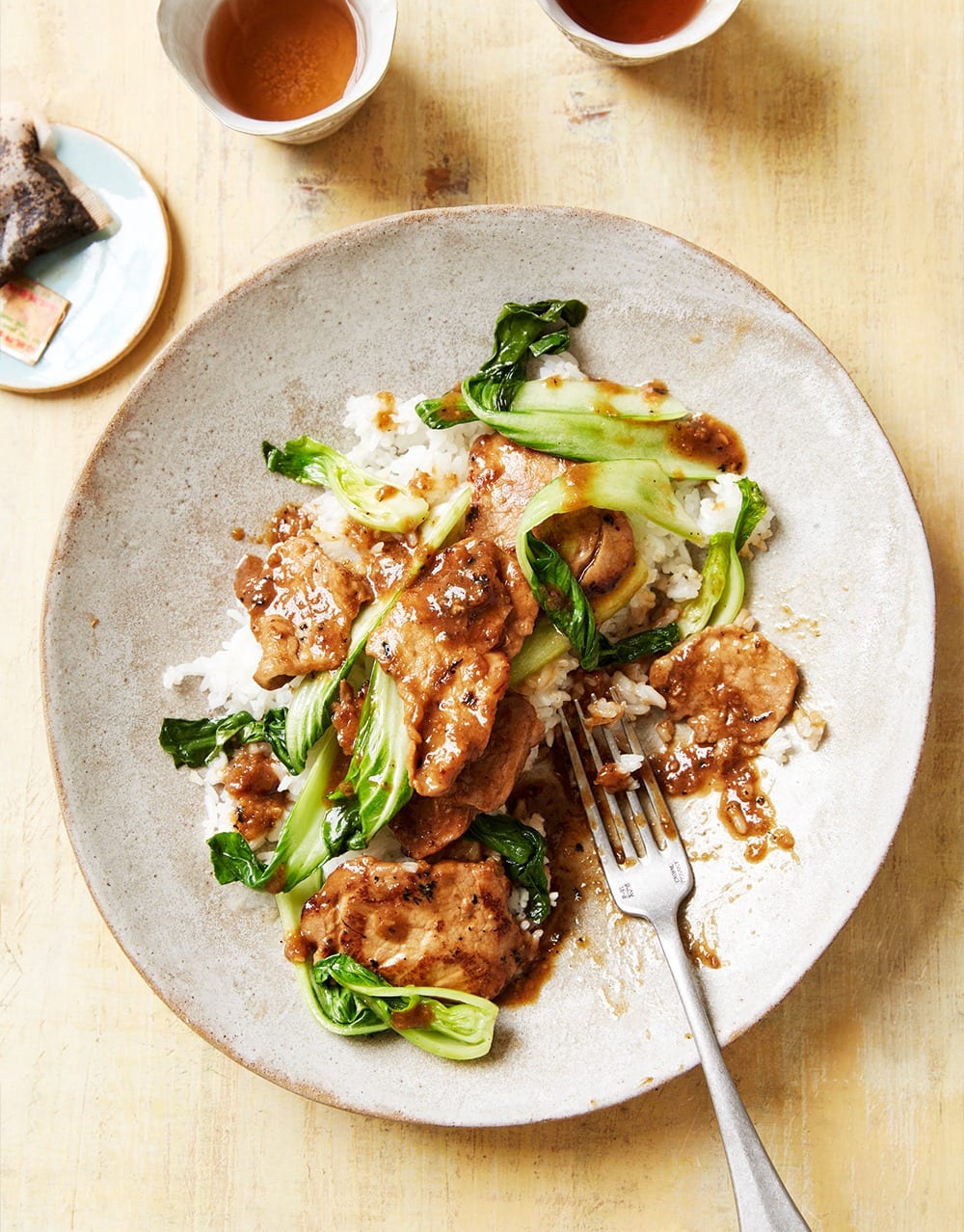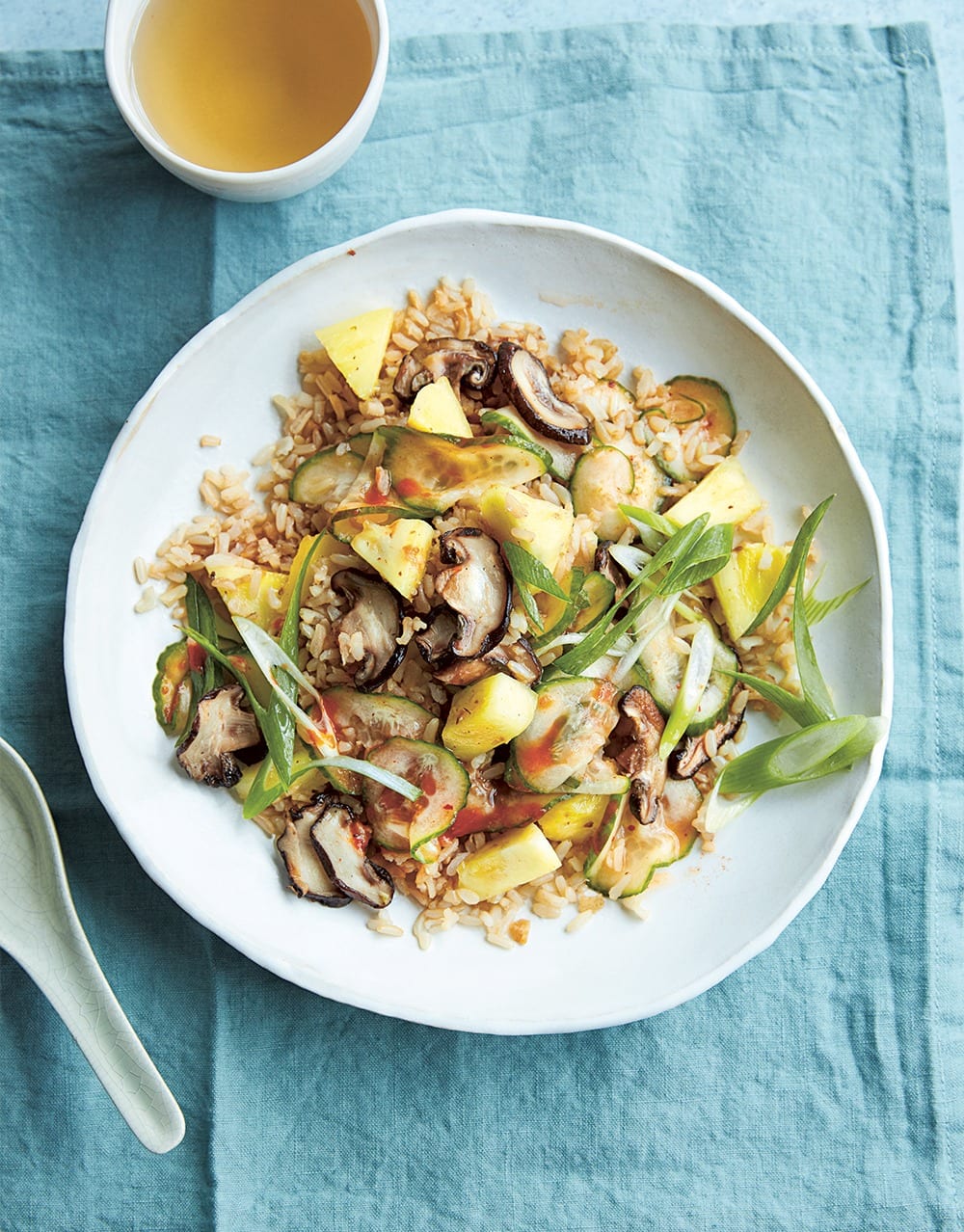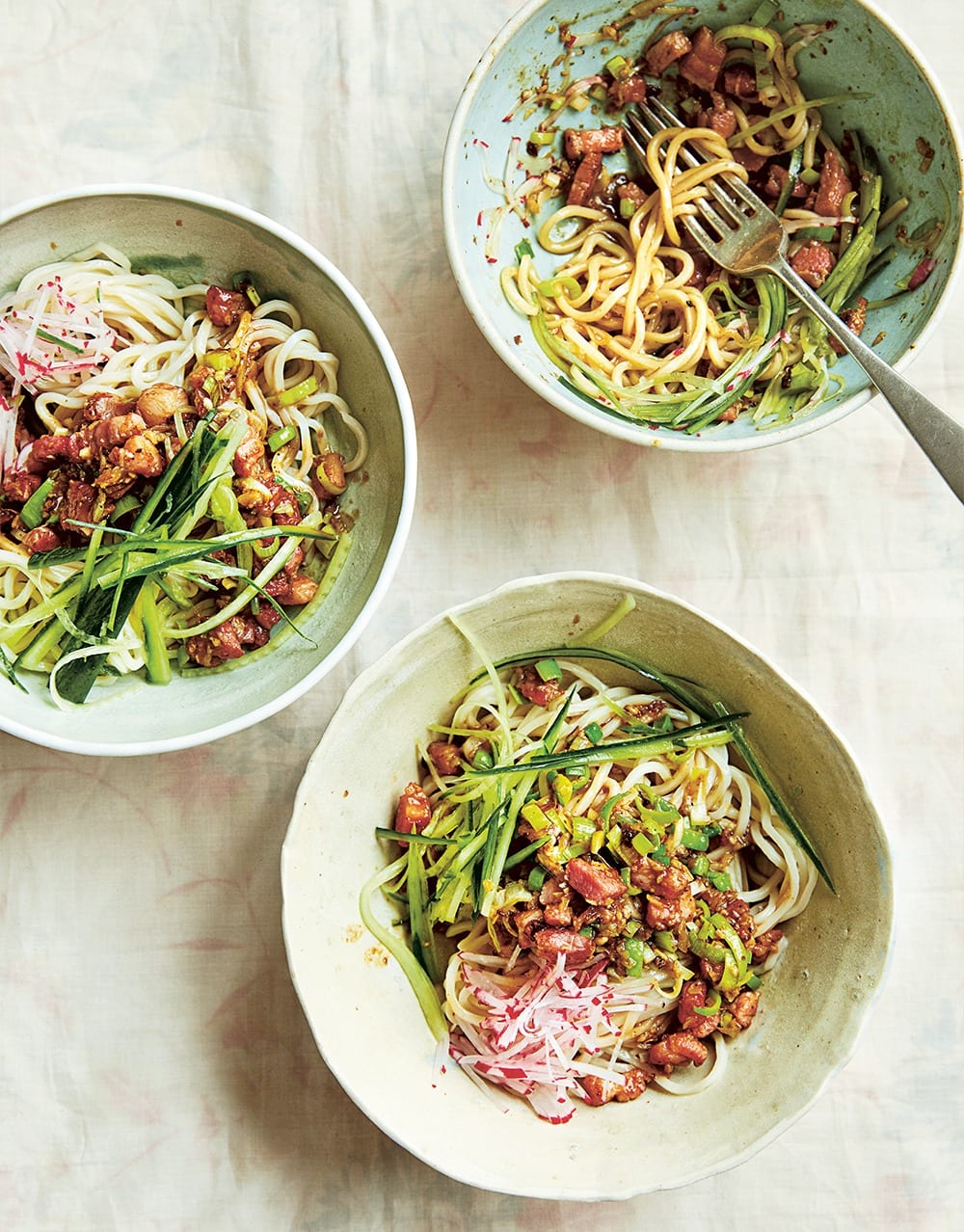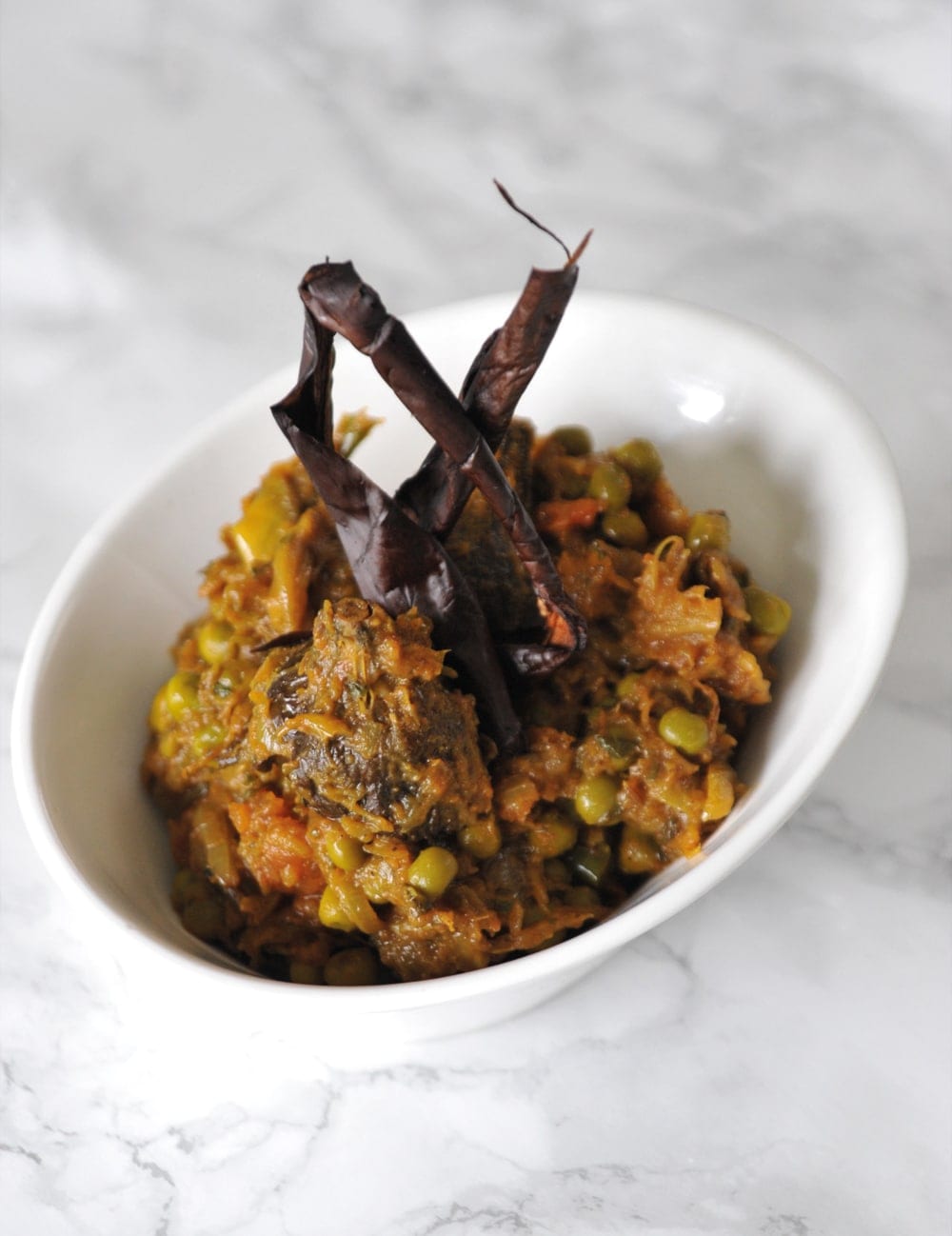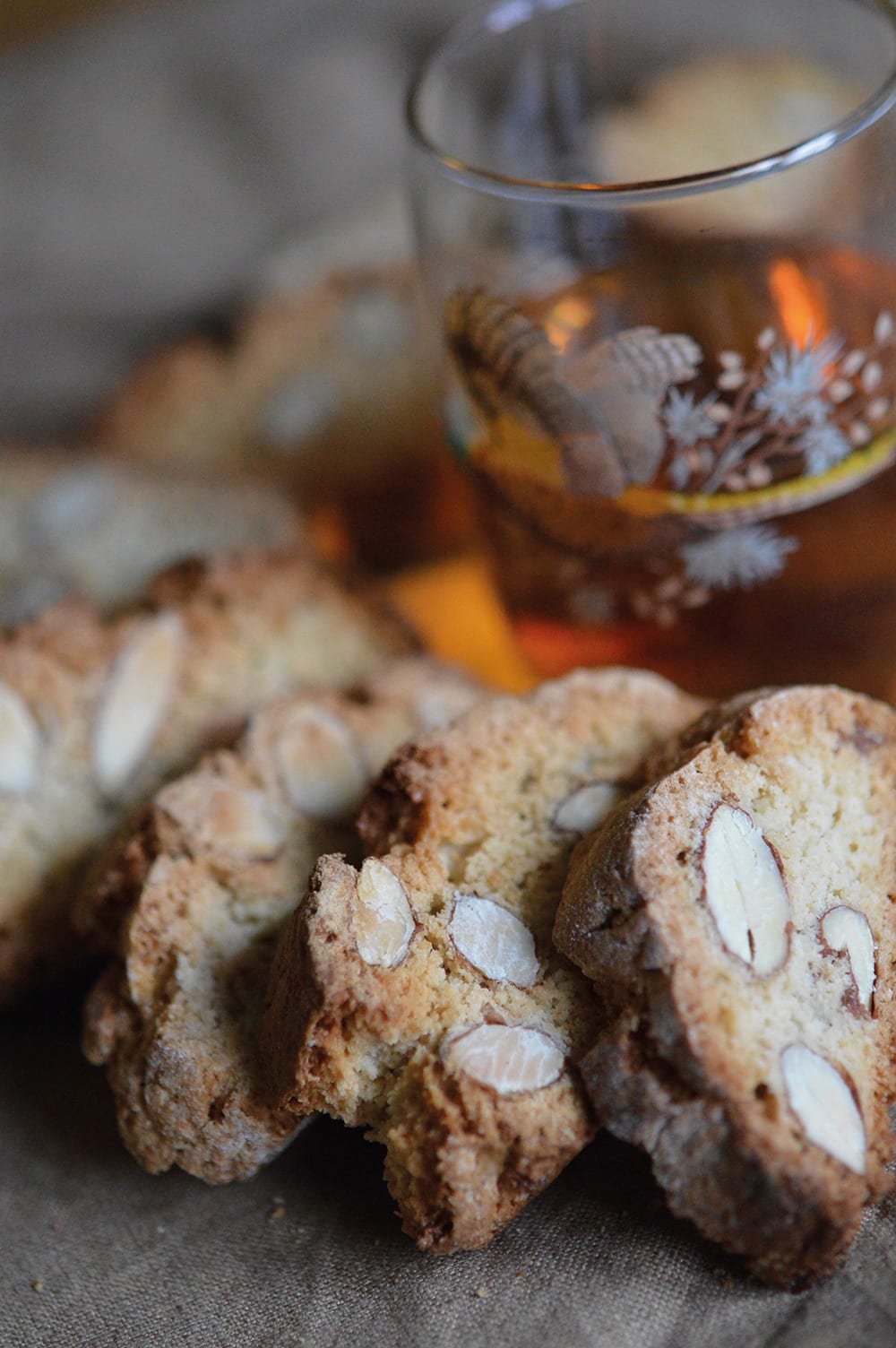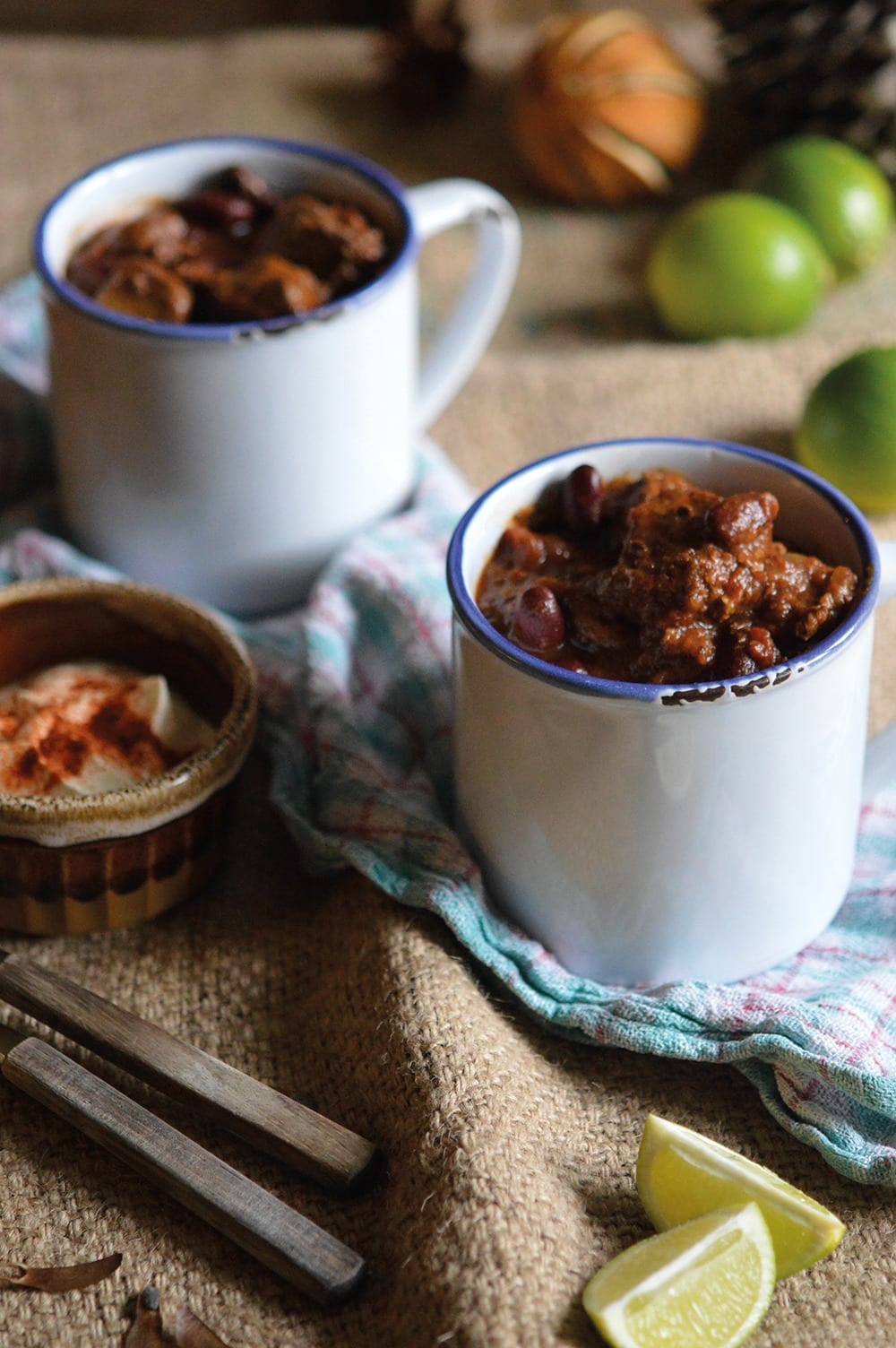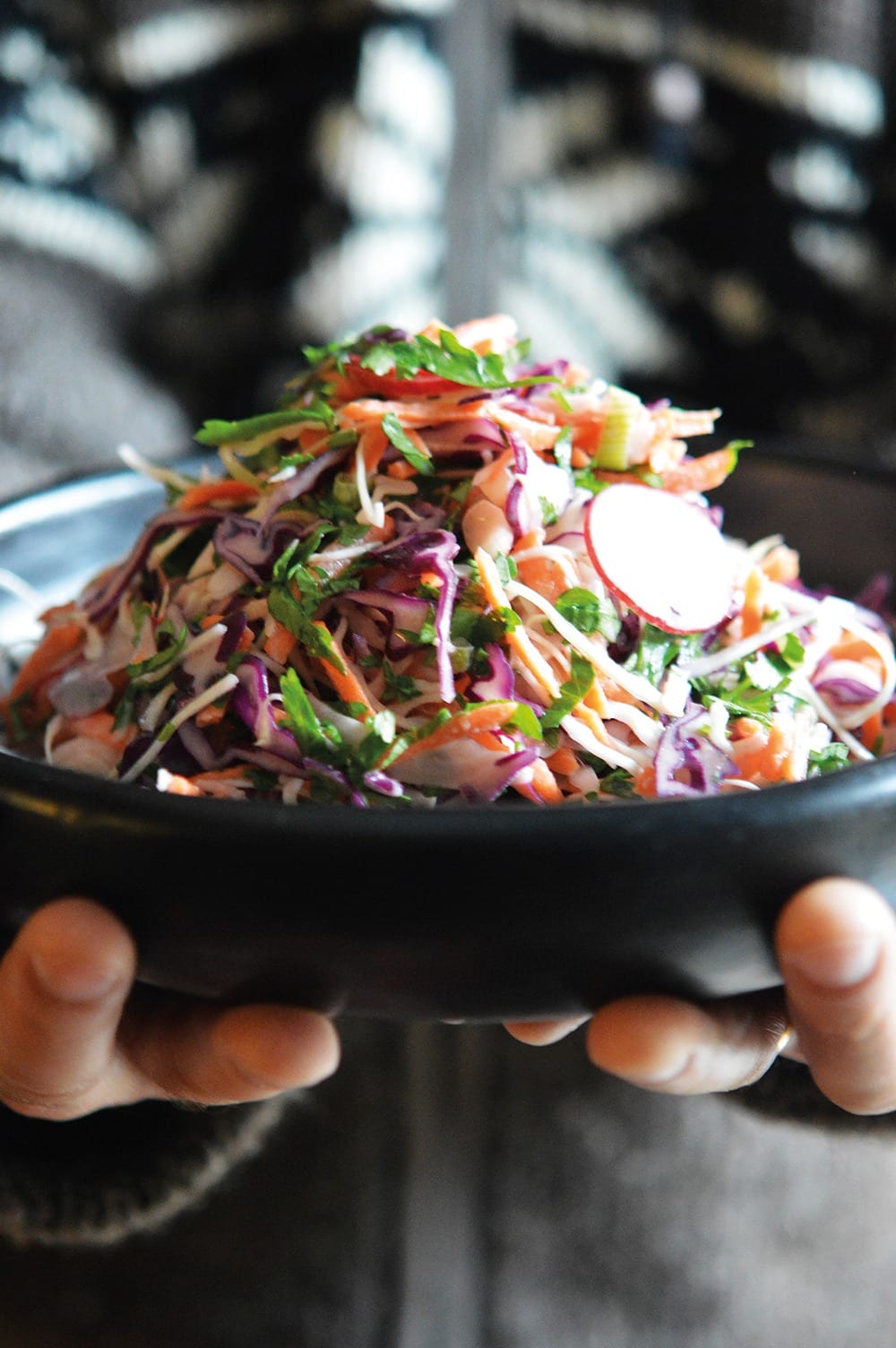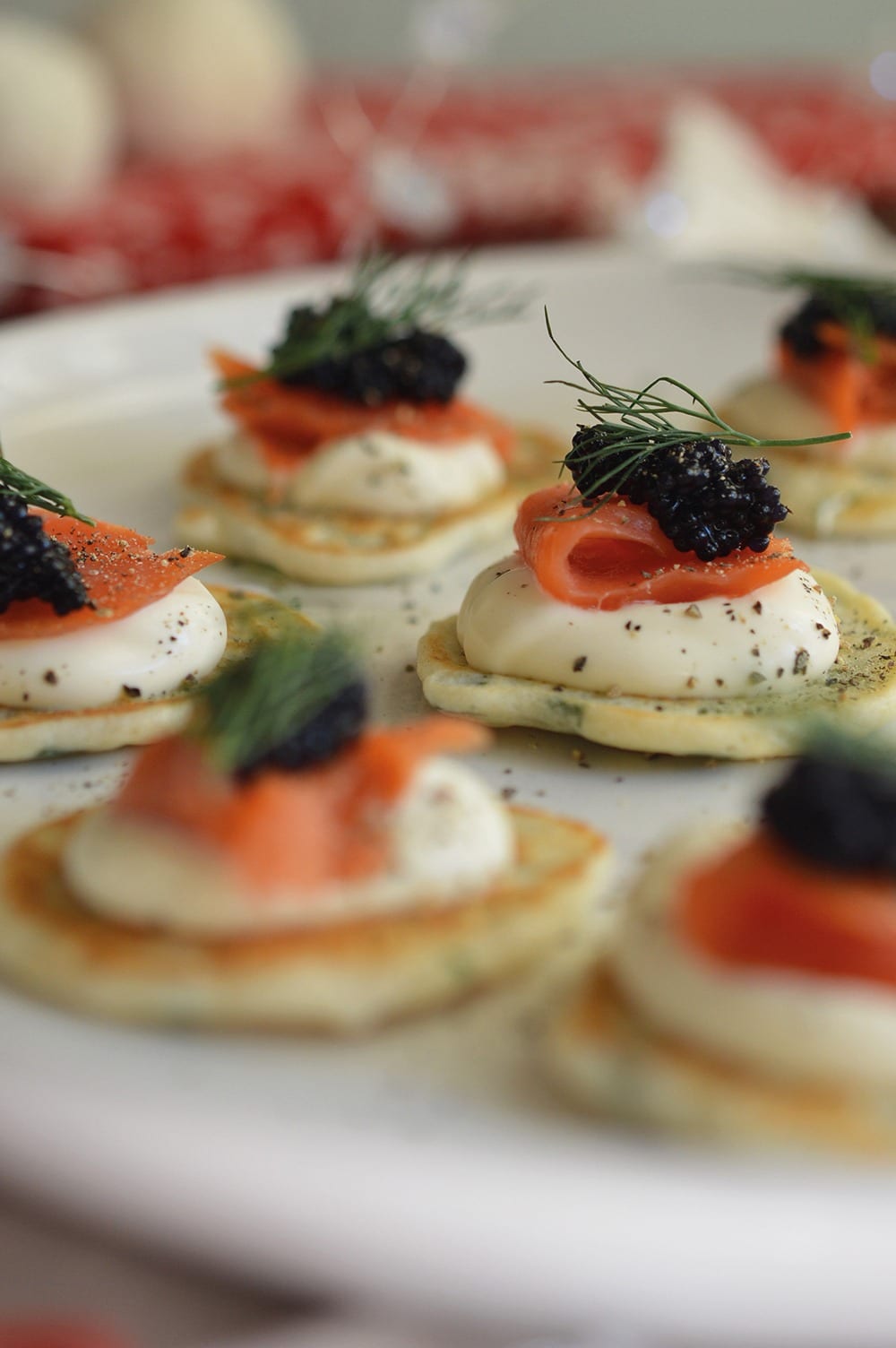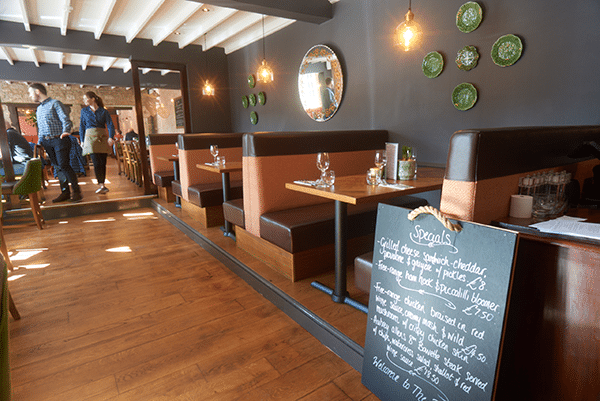Homity pie
Popular in the 1970s and ’80s, homity pies were often seen as somewhat worthy – leathery, unappetising with a smug crust. But we thought this pie deserved a second look. This recipe is the grandson of those early pies and – we bashfully believe – a great improvement. We’ve cut down on the potatoes to make it less heavy and added some broccoli and other root veg – although you can vary these as you like. Celeriac and swede would also work well. A great veggie dish that can be enjoyed by all.
(Prep: 10 mins – Cooking: 20 mins – Serves: 4-6)
Ingredients:
• 400g waxy potatoes, diced
• 300g carrots, diced
• 150g turnips, diced
• 200g small broccoli florets
• 15g butter
• Two onions, thickly sliced
• 2 garlic cloves, finely chopped
• 175g Cheddar cheese, grated
• 2 tbsp finely chopped parsley
• 50ml milk or water
• 1 tsp Dijon mustard
• 200ml double cream
• Sea salt
Pastry:
• 125g plain flour
• 125g wholemeal flour
• 150g cold butter, diced
• 1 egg, beaten
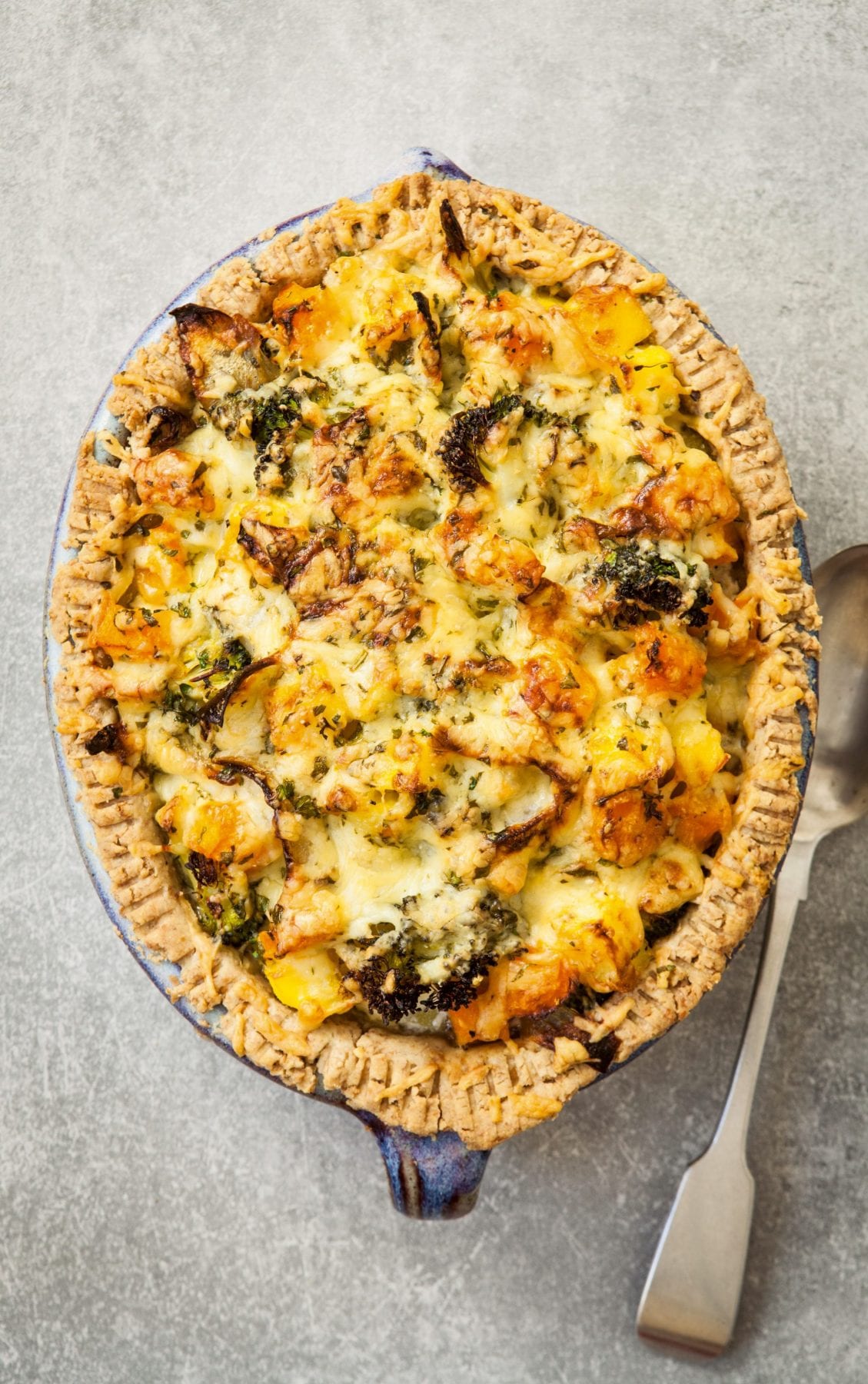
Method:
Put the flour, butter and a pinch of salt in a food processor and pulse until it resembles breadcrumbs. Add the egg and just enough cold water to bind. Shape the dough into a ball, wrap in cling film, and chill in the fridge.
Bring a large saucepan of water to the boil. Add potatoes, carrots and turnips and bring back to the boil. Cook for four minutes, then add the broccoli. Cook until the vegetables are just done but still with a little bite – about another two minutes. Drain and leave to cool. While the veg is cooking, melt the butter in a large frying pan. Add the onions with a pinch of salt and cook, stirring regularly, until the onions are soft and lightly coloured. Add the garlic and cook for two more minutes. Remove pan from the heat and set aside.
Preheat the oven to 200°C/fan 180°C/gas 6.
Put the cooled veg into a large bowl, add 100g of the cheese and the parsley, mix and set aside. Roll out the pastry and line a 20cm cake tin or a deep pie dish. Spoon the filling over. Whisk the milk and mustard to make a thin paste, then stir this into the cream. Season with a little salt. Pour this mix in a slow and steady stream over the filling so it soaks through the layers of vegetables. Sprinkle the remaining cheese on top.
Bake in the oven for 40-45 minutes until the pastry is crisp and cheese has melted and started to brown.
Serve hot or at room temperature.
Salmon pie with spinach
Not many people know this about us but we are both keen fishermen. One time when we’d caught loads of trout in a river in Scotland we made this pie and it was so good that we wanted you to have some too. We found it tastes even better with salmon which is harder to catch but easy to find in the supermarket!
(Prep: 10 mins, Cooking: 20 mins, Serves: 4)
Ingredients:
• 4–5 tbsp hollandaise sauce
• 500g salmon fillet
• 450–500g baby leaf spinach
• 375–500g pre-rolled
puff pastry
• Grated zest of one lemon
• 1 tbsp finely chopped tarragon (optional)
• One egg, lightly beaten
• Sea salt and black pepper
Method:
Make hollandaise (recipe in our book!) and leave to cool by putting the bowl of sauce into a larger bowl of iced water.
Put the salmon in a large pan and add cold water just to cover. Bring to the boil, cover the pan and simmer for two minutes. Remove the pan from the heat and leave for a further five minutes. Strain off the liquid and leave the salmon to cool then flake the flesh, keeping the pieces as large as possible.
Wash the spinach, then without draining it too thoroughly, put it in a pan. Place the pan over a medium heat and push the spinach down with a wooden spoon. When it has completely collapsed leave to cool, then squeeze out as much liquid as possible.
Preheat the oven to 200°C/fan 180°C/gas 6.
Unroll the puff pastry. Arrange half of the salmon over the bottom half of it, leaving a 2cm border along the bottom. Season with salt and pepper, and top with half the spinach. Stir the lemon zest and tarragon (if using), into the hollandaise, then spread half of the sauce over the spinach. Repeat these layers with the remaining salmon, spinach and hollandaise. Brush the border and exposed pastry with beaten egg. Fold the pastry over and roll the edges to seal. Brush the pie with egg and cut a few slits along the top.
Bake for 35–45 minutes, or until the pastry has puffed up and is a rich golden-brown and the filling is piping hot.
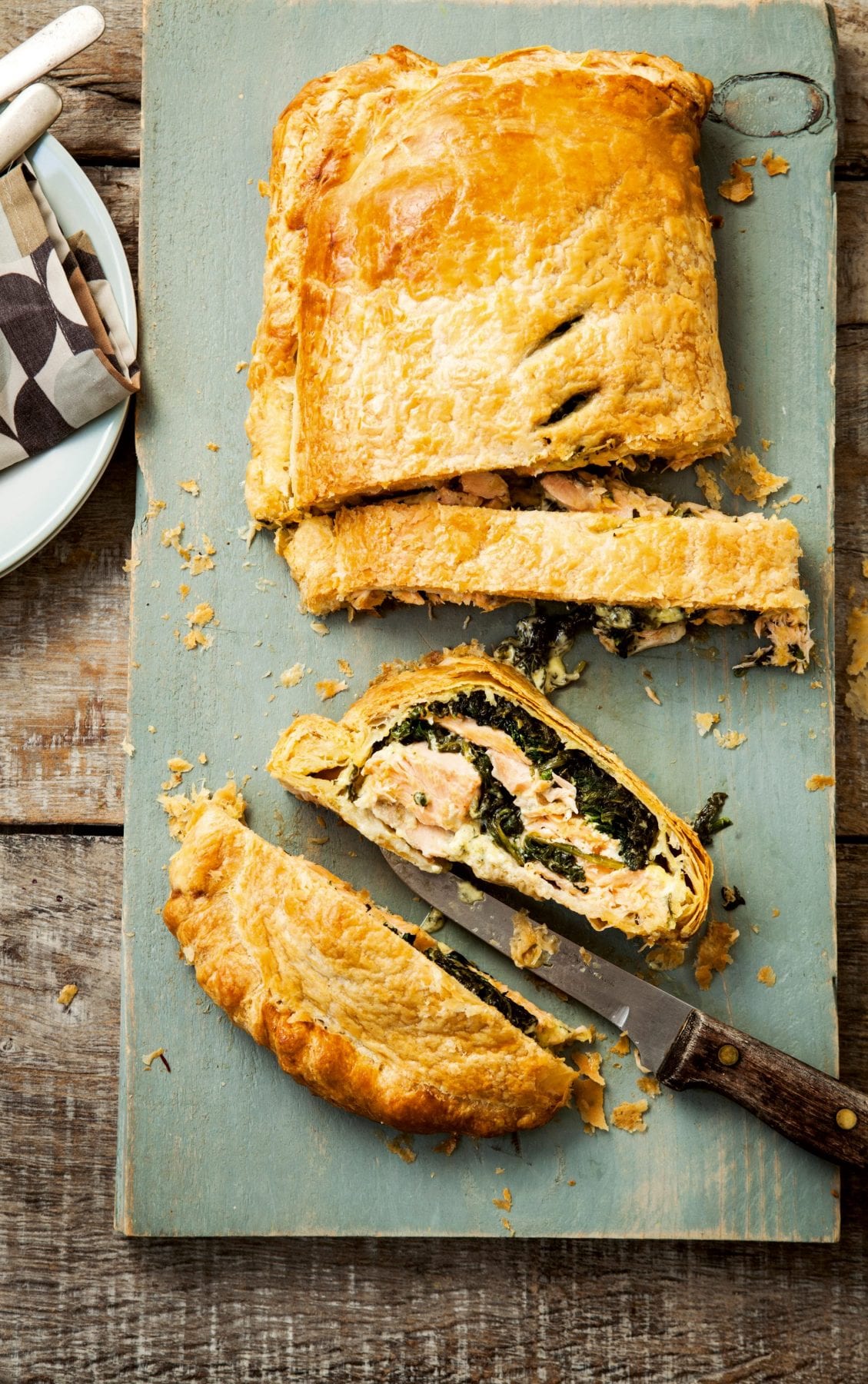
• Tickets now on sale for An Evening with The Hairy Bikers – www.gigsandtours.com
The Hairy Bikers British Classics is published by Seven Dials






